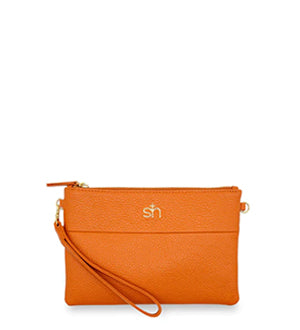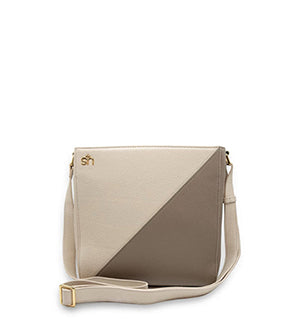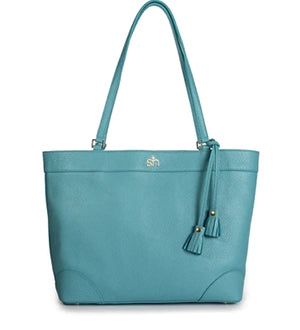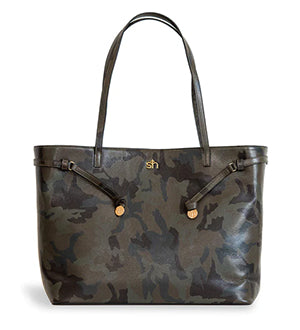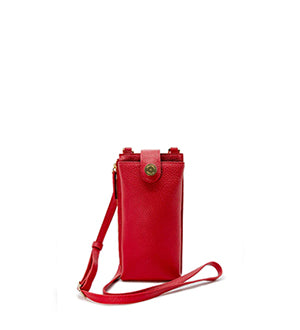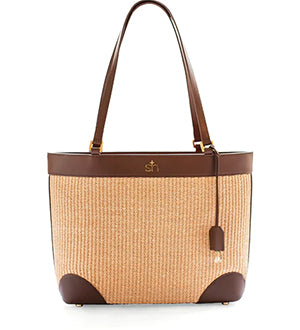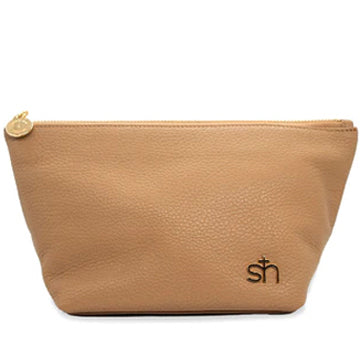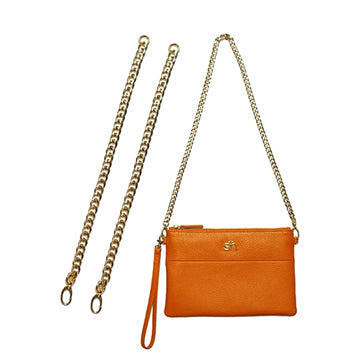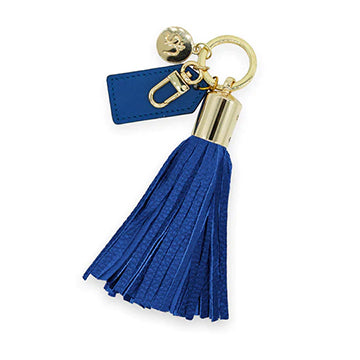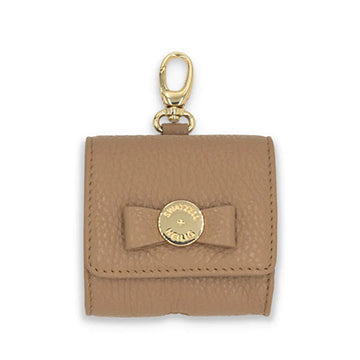The Future of Leather Accessories: Sustainable Practices and Design

Leather has long been synonymous with luxury, durability, and timeless style. From handbags to belts, shoes to wallets, leather accessories have adorned wardrobes for centuries. However, in recent years, there has been a significant shift toward more sustainable practices in leather production. With increasing consumer awareness about environmental impact and the growing demand for ethically made products, the leather industry is evolving. The future of leather accessories is increasingly defined by sustainable practices and innovative design, balancing luxury with responsibility.
The Rise of Sustainable Leather Production
Historically, the leather industry has been associated with environmental challenges. The process of tanning leather, often involving harmful chemicals like chromium, and the significant resources required to raise livestock for leather production, have raised concerns about the environmental footprint of leather goods. However, the industry is undergoing a transformation, with a growing emphasis on sustainable sourcing and manufacturing practices.
One of the key elements of this shift is the growing demand for leather alternatives that have a minimal environmental impact. Several sustainable leather alternatives have emerged in recent years, offering eco-friendly solutions to traditional leather. Materials like mushroom leather, pineapple leather (Piatex), apple leather, and cork leather are gaining popularity for their biodegradability, lower carbon footprint, and minimal use of chemicals.
Piatex, for example, is made from the fibers of pineapple leaves, which are usually discarded as waste. This material not only repurposes agricultural byproducts but also provides a durable and attractive alternative to conventional leather. Mushroom leather is another innovative option, made from mycelium, the root structure of mushrooms. This material can be grown sustainably and is both biodegradable and lightweight. These alternative leathers are paving the way for a future where leather accessories are created with a fraction of the environmental impact associated with traditional leather.
Ethical Sourcing and Fair Labor Practices
As consumer demand for ethical products grows, brands are increasingly prioritizing fair labor practices and ethical sourcing. Many companies are now opting for leather sourced from certified sustainable farms, where animals are raised under humane conditions. These farms adhere to stricter regulations, ensuring that the leather produced is not only environmentally responsible but also socially ethical.
In addition to sourcing leather from sustainable farms, many brands are working closely with suppliers who adhere to fair trade principles. These initiatives help support local communities, improve working conditions, and ensure fair wages for workers involved in the leather production process.
To further enhance ethical sourcing, companies are also focusing on the traceability of their materials. With advancements in technology, it is now possible to track the journey of leather from its origin to the final product. Transparency in the supply chain allows consumers to make informed purchasing decisions, knowing that their leather goods are sourced responsibly.
Innovative Design Practices: Creating Stylish, Responsible Leather Goods
Sustainable leather accessories are not only about the materials used; the design process itself is evolving to embrace sustainability. Designers are increasingly prioritizing durability, longevity, and functionality in their creations. The emphasis is shifting from fast fashion trends to timeless designs that stand the test of time. By focusing on quality craftsmanship and classic styles, designers are helping to reduce the need for frequent replacements, ultimately minimizing waste.
Another important aspect of sustainable design is the concept of modular and multifunctional accessories. Many designers are embracing versatility in their products, allowing customers to use their leather accessories for various purposes. A wallet that doubles as a phone case or a bag with interchangeable straps are just some examples of how multifunctional design can extend the lifespan of leather goods. By creating accessories that adapt to various needs, designers are helping reduce the consumption of unnecessary products, which contributes to a more sustainable fashion ecosystem.
Moreover, circular design principles are being integrated into the design process, encouraging brands to create leather accessories with a second life in mind. This includes designing products that are easy to repair, reuse, or recycle at the end of their life cycle. By thinking beyond the point of sale, designers are ensuring that leather accessories can be repurposed or upcycled, reducing their environmental impact.
The Circular Economy and Leather Accessories
The concept of a circular economy is at the forefront of the future of leather accessories. Unlike the traditional linear model, where products are created, consumed, and discarded, a circular economy emphasizes the importance of reducing waste and keeping resources in use for as long as possible. This approach is particularly relevant for the leather industry, where the environmental impact of production and disposal has been a major concern.
Brands that adopt circular economy principles are focusing on extending the lifecycle of their leather goods. This can be achieved through practices like upcycling, repair programs, and take-back schemes. For example, some companies offer customers the opportunity to return old leather goods in exchange for discounts on new purchases. These products are then refurbished, repaired, or repurposed, minimizing the amount of leather waste that ends up in landfills.
Additionally, some brands are exploring the idea of closed-loop systems, where leather is recycled into new products once it has reached the end of its useful life. Leather can be shredded, reprocessed, and reformed into new leather goods, reducing the need for virgin leather and helping to keep materials in circulation.
Consumer Demand for Sustainability
Consumers are becoming increasingly aware of the environmental and ethical implications of their purchases. This shift in consumer behavior has been a driving force behind the growing demand for sustainable leather accessories. As awareness of the leather industry's impact on the environment rises, more consumers are actively seeking out brands that prioritize sustainability and ethical practices.
This change in consumer values is pushing brands to innovate and invest in sustainable practices. According to a report from McKinsey Company, consumers are willing to pay more for products that align with their values, particularly when it comes to sustainability and ethical production. This trend is expected to continue, with sustainability becoming a key factor in purchasing decisions.
The Future of Leather Accessories
Looking ahead, the future of leather accessories will likely be shaped by advancements in sustainable materials, design innovations, and a continued commitment to ethical sourcing. As technology continues to evolve, we can expect to see even more eco-friendly leather alternatives and more efficient production methods. Brands will increasingly prioritize durability, quality, and circularity, encouraging consumers to invest in long-lasting products that have a minimal environmental footprint.
The shift toward sustainable leather accessories represents a broader movement within the fashion industry toward a more conscious and responsible future. By embracing sustainable practices, the leather industry is demonstrating that it is possible to create luxury products while respecting the planet and its people.
In conclusion, the future of leather accessories is bright and promising. With the growing trend of sustainable production, ethical sourcing, and innovative design, the leather industry is evolving to meet the demands of today's eco-conscious consumers. As we move toward a more sustainable future, leather accessories will continue to combine luxury with responsibility, ensuring that style and sustainability go hand in hand.
You may also be interested in: S+H Blog Swatzell + Heilig
Indulge in the craftsmanship of attainable luxury Italian leather. Exclusive designs and impeccable functionality, handcrafted to last a lifetime. Shop the Swatzell + Heilig's fashion collection now!
Powered by flareAI.


